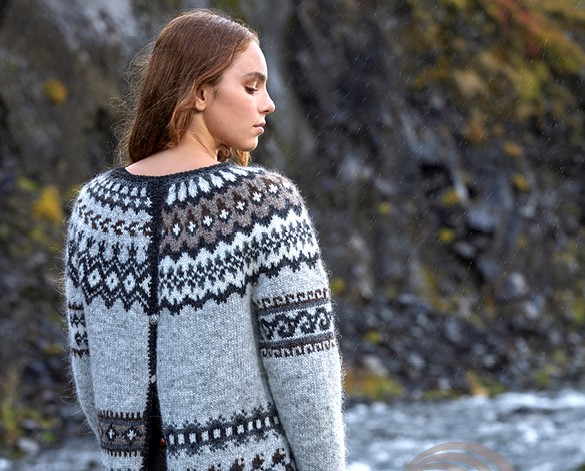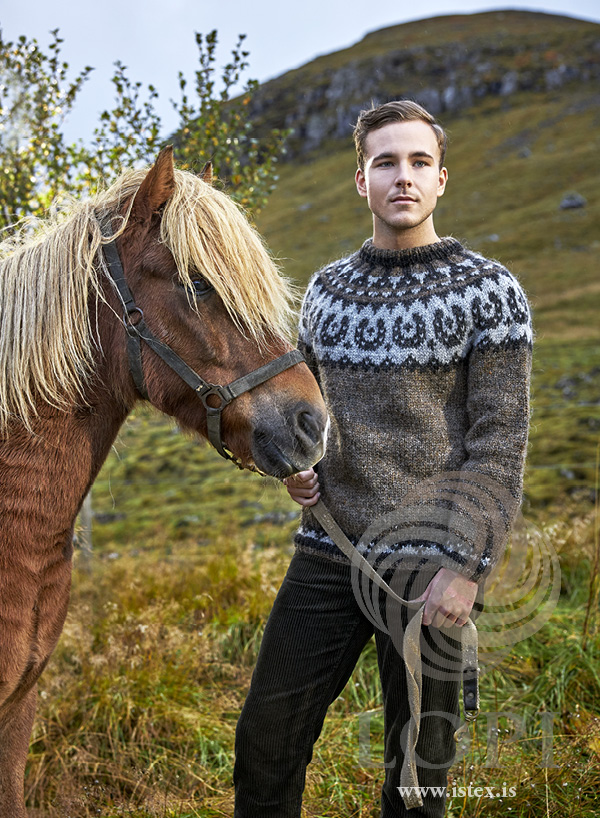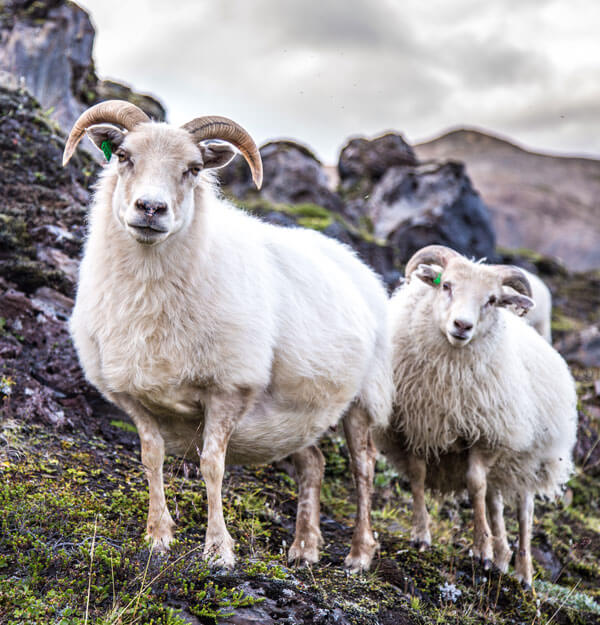100% Wool at the Museum of Design and Applied Arts
Icelandic wool is a fantastic material with many advantageous properties. Ístex puts an emphasis on design and product development to find exciting opportunities. We are fortunate to offer new paths that elevate the spirit of Icelandic wool.
Ístex was taking part in the exhibition 100% Wool at the Museum of Design and Applied Arts.
Presented new products and designs such as rugs, duvets, pillows, Lopi Fur (wool fur) and Lopi Loft an insulation fabric.



Insight
Ull er gull / Wool is valuable
The Icelandic wool is used in many different ways, not only in hand-knitting, but also as far as your imagination goes. Ístex contributes and cooperates in all sorts of projects involving Icelandic wool and Lopi.
We work with farmers, designers, artists and other professionals to find solutions for creative and industrial projects. We welcome new projects and collaborations.
Find out more about Lopi, the Icelandic sheep, wool and Ístex.
Ístex and Wool Processing
Istex is all about the Icelandic wool. We operate a scouring plant in Blönduós in the North and a spinning mill in Mosfellsbær near the Capital.
This is a short video about the chain from sheep to wool processing in Iceland.
Icelandic Wool Duvets
Lopidream is a new bedding product line from Ístex using Icelandic wool. The first products are the duvets Embla and Iðunn.
Wool regulates your body temperature: Surrounded by wool is a healthy way to sleep.
Icelandic wool duvets maintain warmth while allowing moisture to pass through the fibres away from the skin. This breathability keeps you comfortably dry all night long.
Here you can see a short video about the Icelandic wool duvets.
The Icelandic Wool
The Icelandic wool has outstanding breathability and thermal insulation. Over 1,100 years in the sub-arctic climate and isolation has given the Icelandic wool a distinctive character.
The wool is dual-coated with a combination of inner and outer fibres. The inner fibres þel are fine, soft and highly insulating. The outer fibres tog are long, strong and weather resistant. Together they create a high-quality wool that is lightweight, water-repellent and highly breathable. When tog and þel are processed together we get the exclusive Lopi.


The Icelandic Sheep
When Viking settlers first arrived in Iceland in the 9th century they brought with them animals that they depended on for survival. The Icelandic sheep is a unique breed, shaped by centuries of isolation and arctic weather.
There are about 400-500.000 sheep in Iceland – just a little bit more than the human population! A typical Icelandic sheep farm is family-owned with between 200-300 animals. Many farmers know their sheep by name.
During the summer months the sheep are free in the great Icelandic wilderness. However, during the harsh winter months the sheep are sheltered by the farmer.
The latin name is Ovis aries borealis.
Animal Welfare
Iceland is clean and kind. The sheep welfare standards and surveillance are extremely strict in Iceland. Sheep are rarely exposed to antibiotics, hormones or chemical treatments. The usage of pesticides and herbicides is limited in sheep farming in Iceland, resulting in particularly pure goods. Furthermore, the sheep are not subjected to mulesing or unnecessary dehorning.
Shearing is an important part of animal welfare. The sheep do not naturally lose their fleece and need to be sheared. Shearing is usually done under the watchful eye of the farmers to ensure the well-being of their precious animals. Just after shearing the sheep are sheltered inside. They have grown a nice warm coat of wool before going back to the outdoors.
For further information about animal welfare visit MAST, the Icelandic Food and Veterinary Authority.
